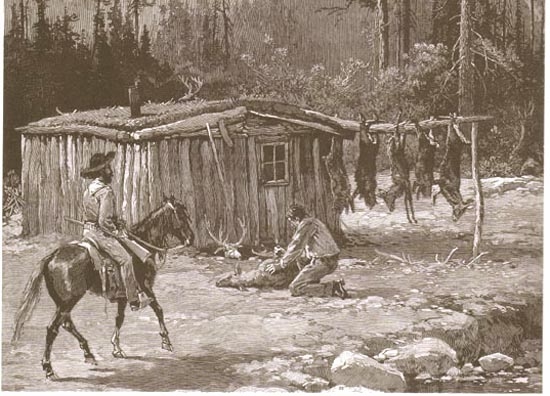- Joined
- Jan 3, 2013
- Messages
- 20,091
- Reaction score
- 1,018
Excellent!...... :hatsoff:


Sean Gadhar said:Seems like the where would have a lot to do with which what worked best :grin: . That is to say, If I has mud/clay and a large number of willows, I wouldn't build with rock I had to haul in. If I was on the plains it would be more sod less log. Best bang for the buck is the best that can be made from the available resources at hand. Next would be the question of how it would be affected by where you are. If there is a lot of rain then wattle and daub will break down faster, but if there is clay and willows the time spent patching might be small when compared with what would be needed to get other materials on sight.

colorado clyde said:Great!...Now the question at hand is, are the structures with windows depicting wikiups or clapboard houses?
I thought the Swedish settlers built clapboard houses... :hmm:
Enter your email address to join: